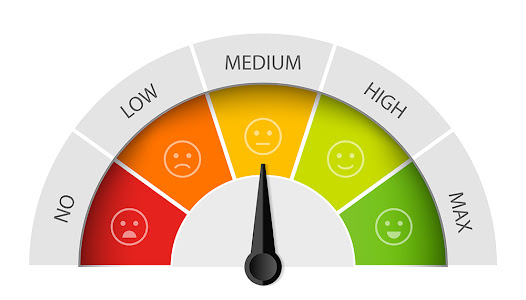SCHOOL BOARDS
TODAY – “THIS ISN’T WHAT I SIGNED UP FOR”
At BOARDynamics, we coach boards toward concurrence of their purpose, roles, goals and behaviors. For more information, go to www.BOARDynamics.net
·
“No
matter what I do, I’m wrong”
·
“I’m
not sure I want to do this any longer”
·
“I
had no idea this job would be so hard”
Masks, superintendents and school boards under fire, book challenges, recall votes, dissatisfied parents, partisan political views, outsiders... all have influenced school boards and the difficult decisions that they have had to make over the past 20 months. There are plenty of reasons why the tenor and atmosphere surrounding school boards has changed. The challenges will continue. It has been difficult to be a school board member and will continue to be so. A unified school board, with a common raison d'être, has never been more important.
While we don’t have a silver bullet or a magic wand to make everything right, we do have a few suggestions:
- Agree on your PURPOSE as a school board and stick to it. Promote that purpose. Broadcast it. Live it. Make sure that you and your patrons understand it and know that you will be adhering to it.
- Agree on your ROLE, as a board and as a board member. Patrons don’t always understand your role as a board member. Issues and conflict will remain, but the pressure can be reduced if you clearly, distinctly, and publicly define your role. Delineate the role of the board from that of the administration. And again, promote, broadcast, and live your roles.
- Solidify your GOALS as a board.
Goals for the district will generally follow your strategic plan. But what
about your goals as a board? How will you become a better, more efficient,
and functional board? All boards can improve. Identify your
strengths and capitalize on them. Identify those aspects of your board that could
use some improvement and create a plan to fix them.
- Document and hold one another accountable
to a set of behavioral expectations. We call these BEHAVIORAL NORMS. If we
understand the expectations of one another, we are less likely to act in a
manner contrary to those expectations.
We understand
that school boards are elected and won’t always agree on the same path. That’s
the nature of representation. But agreement of PURPOSE, ROLES, GOALS and
BEHAVIOR will certainly pave the way for better decision making.
Contact us today to see how we can help you make your board better.






